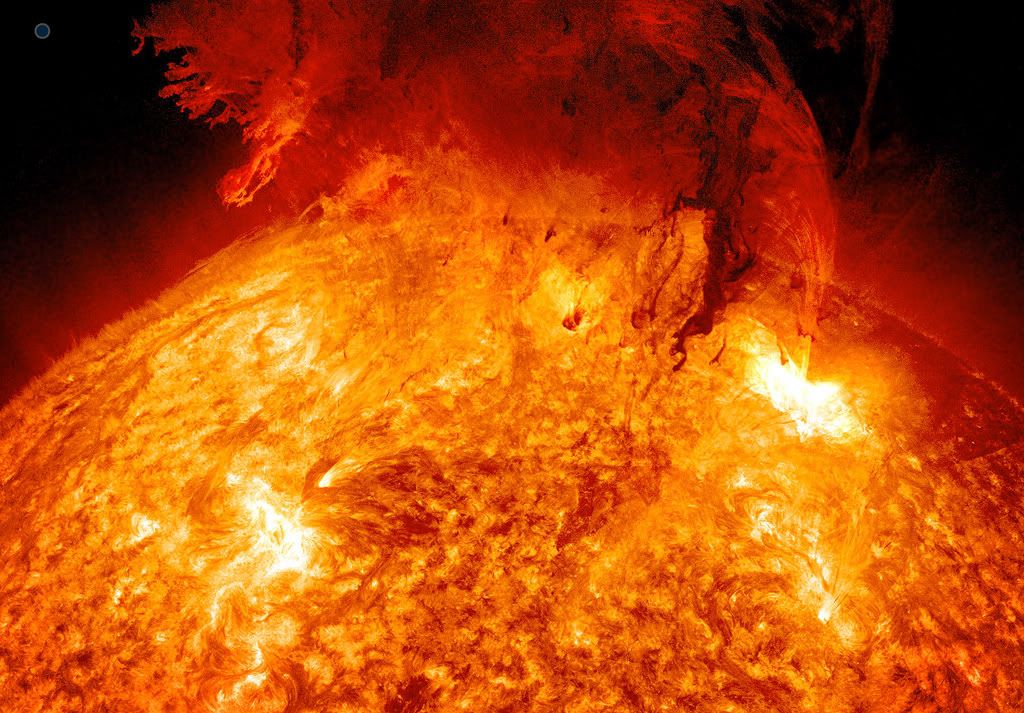Suspended
- Joined
- 18 Oct 2002
- Posts
- 9,480
Please correct me if I am wrong, but my understanding is that the sun has been experiencing a period of calm and is now moving towards a solar maximum. Is that correct?
How active is it likely to get?
How active is it likely to get?





